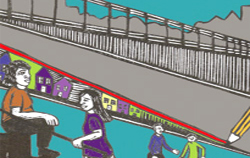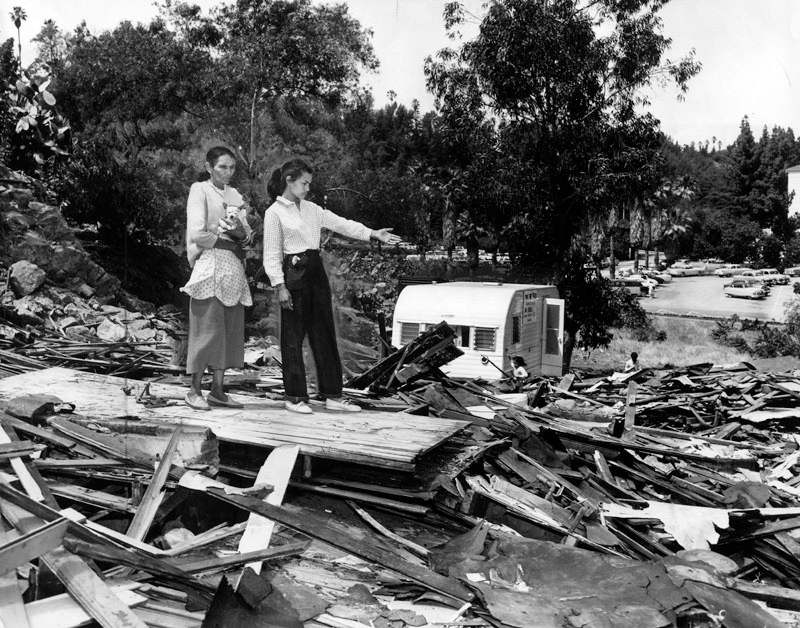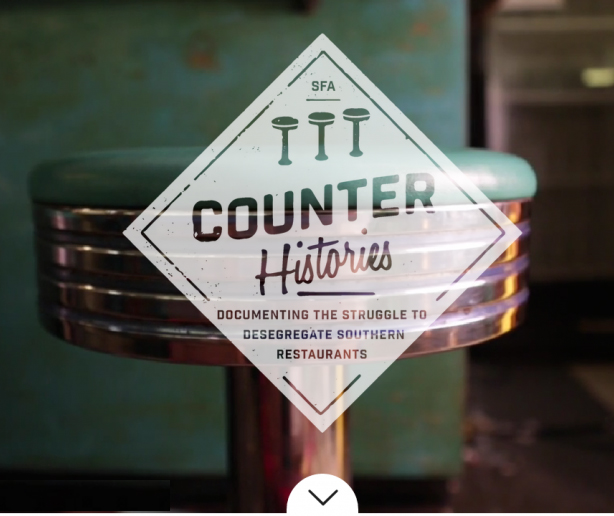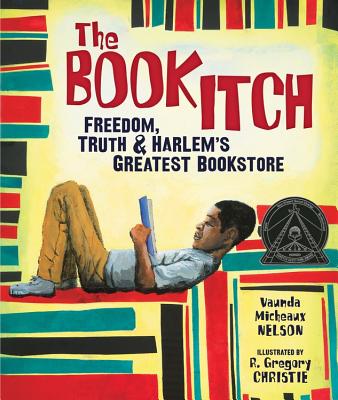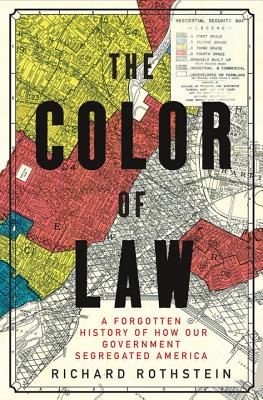Film. By Jordan Mechner. 2004. 26 minutes.
A documentary about the politics and economics of land in the United States, based on the story of a Mexican American village razed in the 1950s to build Dodger Stadium.
Continue reading
Profile. By Dernoral Davis.
Medgar Evers (July 2, 1925—June 12, 1963), Civil Rights Movement activist in Mississippi.
Continue reading
Book — Non-fiction. By Jeanne Theoharis. 2013. 320 pages.
A revealing window into Rosa Parks’ politics and years of activism.
Continue reading
Article. By Dave Zirin. 2013.
Dave Zirin describes how 42 limits the story to a tale of “individual triumph through singular greatness,” ignoring the social movements and broader context of the time.
Continue reading
Profile.
A brief biography of James Baldwin, writer and social critic.
Continue reading
Teaching Activity. Zinn Education Project. 21 pages.
Two lessons to introduce key facts about the Vietnam War and the Pentagon Papers, documents that provide essential history that is often ignored by textbooks.
Continue reading
Book — Non-fiction. Danny Schechter. 2013. 272 pages.
Companion book to the 2013 film about Nelson Mandela, Mandela: Long Walk to Freedom.
Continue reading
Profile. By Gabriel Thompson. 2013.
Introduction to little-known but influential labor organizer Fred Ross (1910-1992), who trained many activists of note including Dolores Huerta and Cesar Chavez.
Continue reading
Film. Directed by Connie Field. 2007. 89 minutes.
Episode that covers the anti-apartheid movement in the U.S. to overturn apartheid in South Africa.
Continue reading
Book — Fiction. By Beverley Naidoo, illustrated by Eric Velasquez. 1988. 96 pages.
A brother and sister take their sick sibling to the city of Johannesburg to get their mother at work, and come to understand the struggle for freedom and dignity taking place in South Africa.
Continue reading
Book — Fiction. By Beverley Naidoo, illustrated by Eric Velasquez. 1993. 256 pages.
When the South African government forces a village to relocate, young protesters, who do not have the freedom of speech, organize a march against apartheid.
Continue reading
Picture book. By Duncan Tonatiuh. 2014. 40 pages.
Upper elementary school picture-book about the Mendez v. Westminster case to desegregate California schools.
Continue reading
Film. By Oliver Stone and Peter Kuznick. 2014. 4 discs – 796 minutes.
TV series that re-examines various under-reported events of U.S. history since World War II.
Continue reading
At age 15, Claudette Colvin refused to give up her bus seat to a white woman in Montgomery, Alabama.
Continue reading
Book — Non-fiction. Henry Hampton and Steve Fayer. 1991. 692 pages.
Oral histories of the Civil Rights Movement spanning three decades.
Continue reading
Teaching Activity. By Katharine Johnson. Rethinking Schools. 10 pages.
An elementary school teacher introduces the history of redlining through a role play designed for 1st and 2nd graders.
Continue reading
Teaching Activity. By Linda Christensen. Rethinking Schools. 9 pages.
Teaching about patterns of displacement and wealth inequality through the history of Palo Verde, La Loma, and Bishop communities and the building of Dodger Stadium.
Continue reading
Film. Written by Steve Fayer and Orlando Bagwell. 1994. 138 minutes.
Documentary film on the life and words of Malcolm X/ El-Hajj Malik El-Shabazz.
Continue reading
Teaching Activity. By Willow McCormick. Rethinking Schools. 7 pages.
An elementary school teacher connects the Civil Rights Movement to students’ family history by asking their grandparents to share their memories of the Movement.
Continue reading
Film. By Clark Johnson. 2001. 120 minutes.
Dramatic account of the Montgomery Bus Boycott.
Continue reading
When the Civil Defense Administration attempted to hold a drill simulating a nuclear attack, 27 activists in New York refused to take cover. They handed out pamphlets reading: “We will not obey this order to pretend, to evacuate, to hide... We refuse to cooperate.”
Continue reading
Film. Produced by John T. Edge and the Southern Foodways Alliance; directed by Kate Medley.
Five short films that document the civil disobedience staged at segregated lunch counters in the 1950s and 60s.
Continue reading
Picture book. By Carole Boston Weatherford. Illustrated by Ekua Holmes. 2015. 45 pages.
Illustrated biography of Fannie Lou Hamer, activist for voting and economic rights from Mississippi.
Continue reading
Picture book. By Vaunda Micheaux Nelson, Illustrated by R. Gregory Christie. 2015. 32 pages.
Tells the story of Lewis Michaux Sr.'s Harlem bookstore that was a center of African American history, scholarship, debate, and activism, for grades 2-5.
Continue reading
Book — Non-fiction. By Richard Rothstein. 2017. 368 pages.
A history of the laws and policy decisions passed by local, state, and federal governments that promoted racial segregation.
Continue reading
















